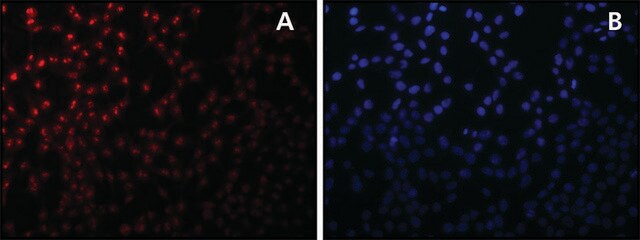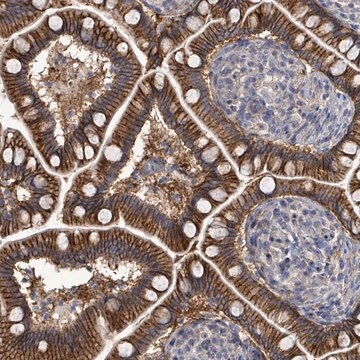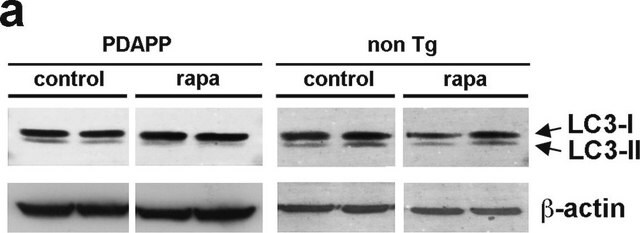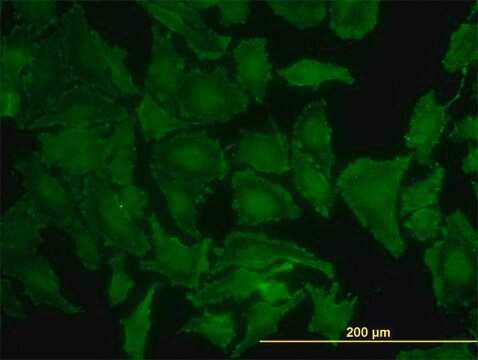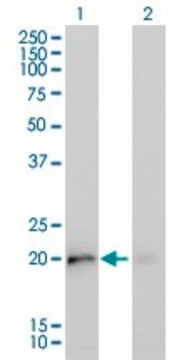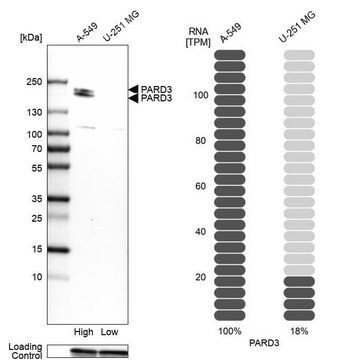05-516
Anti-KRAS Antibody
UPSTATE®, mouse monoclonal, RAS10
Synonym(s):
GTP- and GDP-binding peptide B, GTPase Hras, Ha-Ras1 proto-oncoprotein, Ras family small GTP binding protein H-Ras, Transforming protein p2, c-has/bas p21 protein, c-ras-Ki-2 activated oncogene, p19 H-RasIDX protein, transformation gene: oncogene HAMSV,
About This Item
Recommended Products
Product Name
Anti-Ras Antibody, clone RAS10, clone RAS10, Upstate®, from mouse
biological source
mouse
Quality Level
antibody form
purified immunoglobulin
antibody product type
primary antibodies
clone
RAS10, monoclonal
species reactivity
rat, human, mouse
manufacturer/tradename
Upstate®
technique(s)
ELISA: suitable
flow cytometry: suitable
immunocytochemistry: suitable
immunohistochemistry: suitable
immunoprecipitation (IP): suitable
western blot: suitable
isotype
IgG2aκ
NCBI accession no.
UniProt accession no.
shipped in
dry ice
target post-translational modification
unmodified
Gene Information
human ... HRAS(3265) , KRAS(3845) , NRAS(4893)
Related Categories
General description
Specificity
Immunogen
Application
1-4 μg of this antibody has been reported to immunoprecipitate Ras.
Immunocytochemistry:
2.5 μg/mL of this antibody has been reported to show positive immunostaining for Ras in SW480 and Y1 cells.
Immunohistochemistry:
This antibody has been reported to detect Ras in frozen and paraffin embedded breast carcinoma sections.
Quality
Western Blot Analysis:
0.05 - 0.5 μg/mL of this lot detected Ras in RIPA lysate from human A431 carcinoma cells. A previous lot detected Ras in human HFF, Jurkat, Raji, mouse 3T3, CTLL, rat L-6 and PC- 12 cell lysates.
Target description
Linkage
Physical form
Analysis Note
Positive Antigen Control: Catalog #12-301, non-stimulated A431 cell lysate. Add 2.5µL of 2-mercaptoethanol/100µL of lysate and boil for 5 minutes to reduce the preparation. Load 20µg of reduced lysate per lane for minigels.
Other Notes
Legal Information
Not finding the right product?
Try our Product Selector Tool.
recommended
Storage Class Code
10 - Combustible liquids
WGK
WGK 2
Certificates of Analysis (COA)
Search for Certificates of Analysis (COA) by entering the products Lot/Batch Number. Lot and Batch Numbers can be found on a product’s label following the words ‘Lot’ or ‘Batch’.
Already Own This Product?
Find documentation for the products that you have recently purchased in the Document Library.
Our team of scientists has experience in all areas of research including Life Science, Material Science, Chemical Synthesis, Chromatography, Analytical and many others.
Contact Technical Service
